Sandblasted Timber Signs
While our routed or indented signs offer an interesting and distinct sign or graphics solution the flexibility and appearance of the sandblasting process goes a step further.
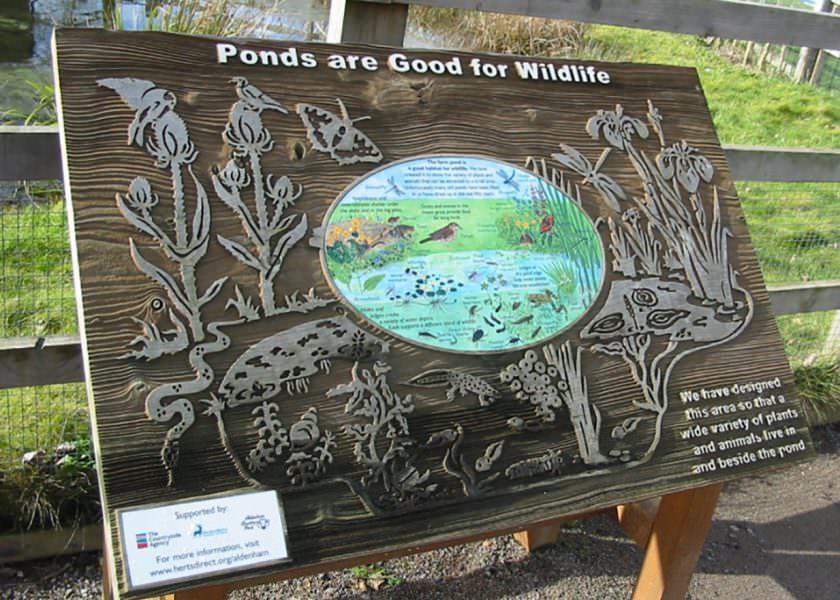
Our sandblasted timber signs offer a fantastic solution for country parks and public open spaces as well as commercial and retail outlets. A genuinely individual signage solution with great character. The sandblast process removes a layer of timber producing timber and wood signs with raised tactile, graphics – these not only look great but can help you meet DDA requirements.
As the examples below show sandblasted signs can be produced individually or can be incorporated with full colour printed graphics to provide additional flexibility. At Shelley Signs we believe in really enhancing the timber so we recommend not using excessive paint – our preferred approach is to paint text and map details but to leave all illustrations unpainted, as silhouettes. If timber signs are heavily painted the attractive features of the wood become masked – it might as well be a printed plastic sign!
Gallery
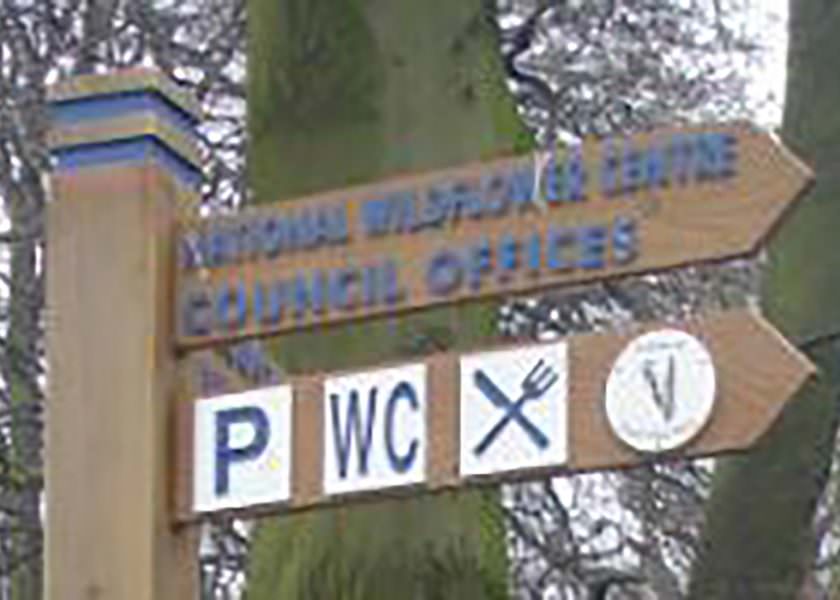
This is a good example of the 3d qualities offered by the sandblasting process. The natural grain of the timber is revealed but the lettering stands proud of the surface – in this case painted. While simple it is very effective.
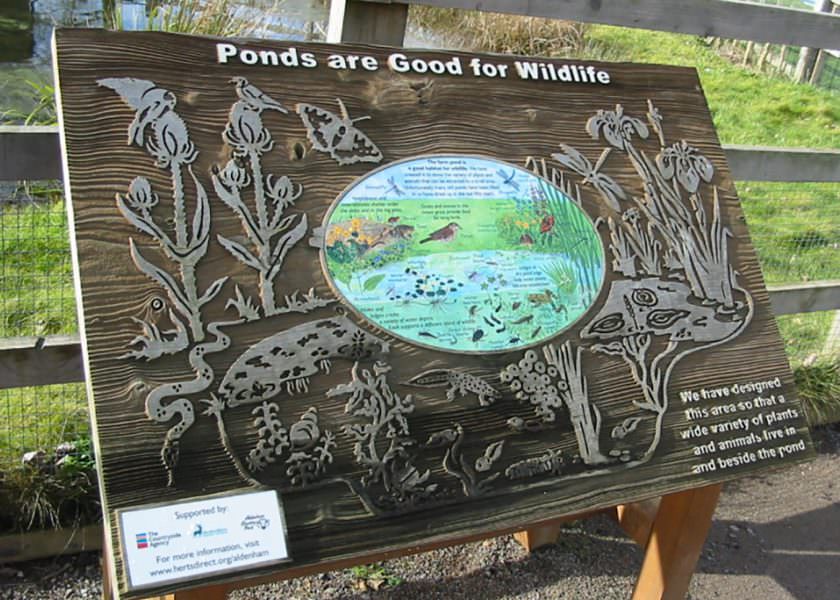
This interpretation panel is a good example of combining the beauty of the sandblasted wood with the detail available from a full colour printed sign. Interpretation should be simple with the images conveying much of the message – this sign achieves that while also meeting tactile requirements. The sandblasted wood is Cedar. It is mounted on a lectern frame.
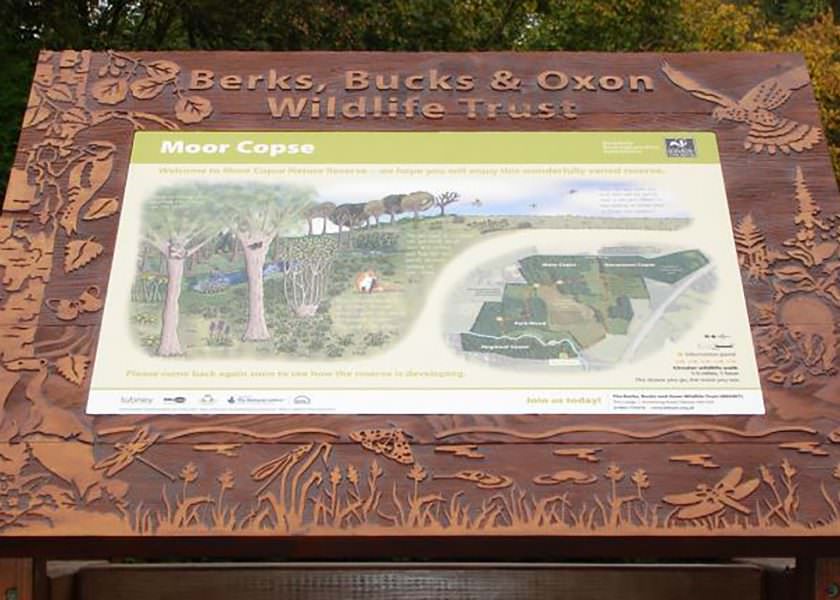
A hugely detailed sandblasted frame set of the full colour printed graphic. This sandblasted wood frame is a good illustration of the level of detail that can be obtained, shows how the grain is revealed and why there is no need for painting. Some schemes are designed for brass rubbings and trails.
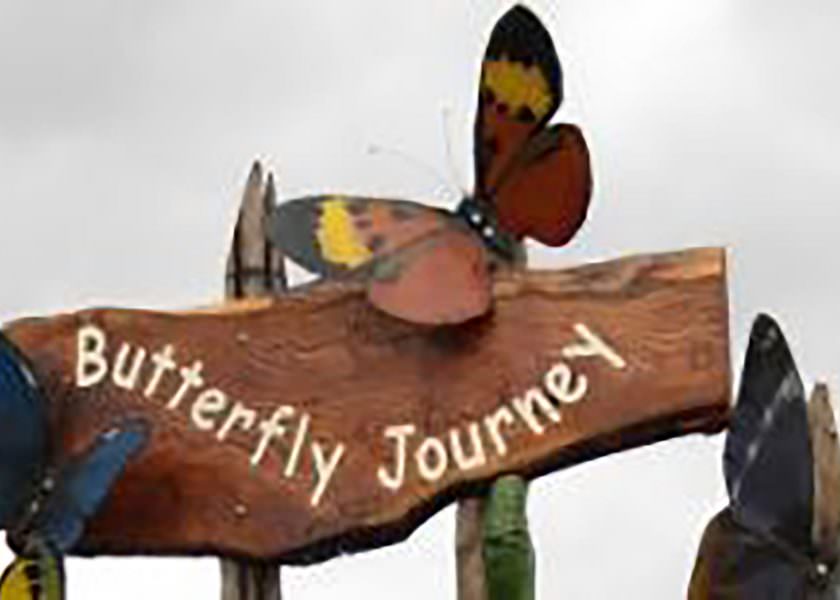
Chester Zoo provided the posts and the model butterflies. Shelley supplied the Cedar plank which was sourced locally to Chester and undertook the timber sandblasting to produce a clear and unusual wooden sign
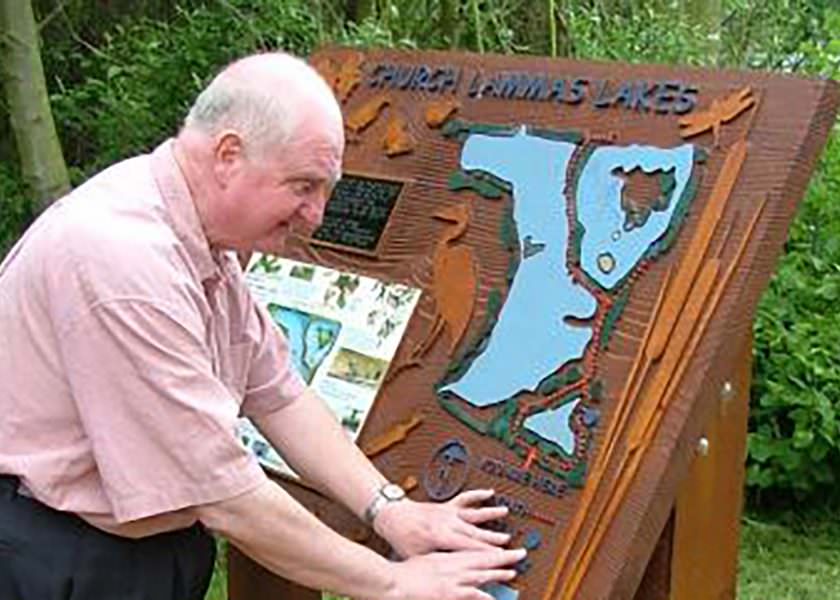
This wood interpretation sign was specifically designed to meet DDA requirements. It works on 3 levels with a Braille plaque, a tactile sandblasted map, illustrations and text as the main part of the sign together with a small printed section providing a greater level of detail.
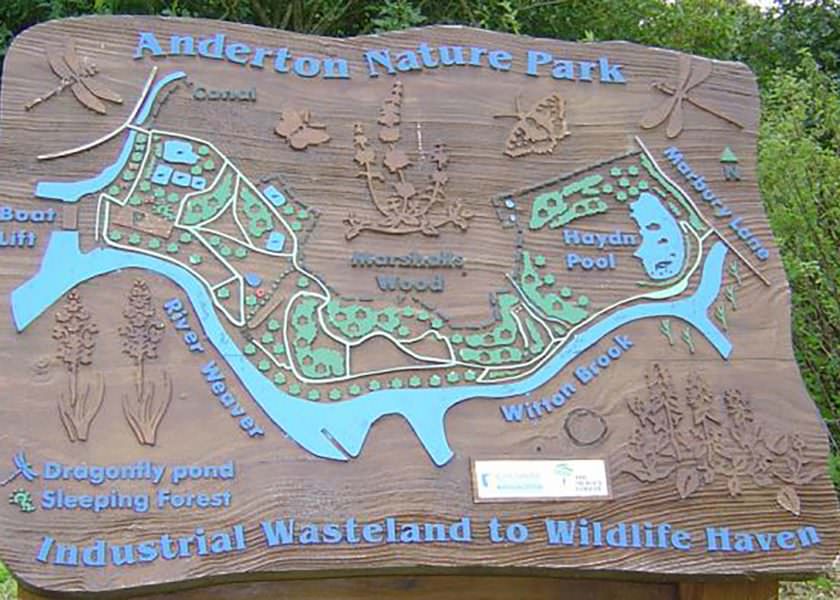
Too many maps for parks and visitor attractions try to provide more detail than most visitors can understand or remember. The need for simplicity in the sandblasted timber process means that maps tend to be user friendly – this tactile cedar sign is a good example
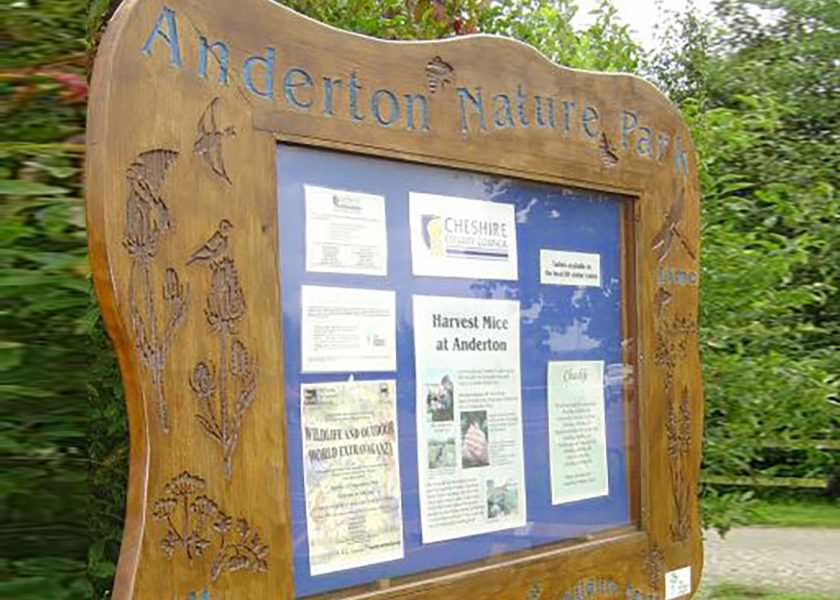
An example of sandblasted timber signs being used imaginatively. Most notice boards, whether wood or aluminium, tend to be rectangular and a little uninspiring. Timber edges allow the notice board to be softened while sandblasted graphics add interest
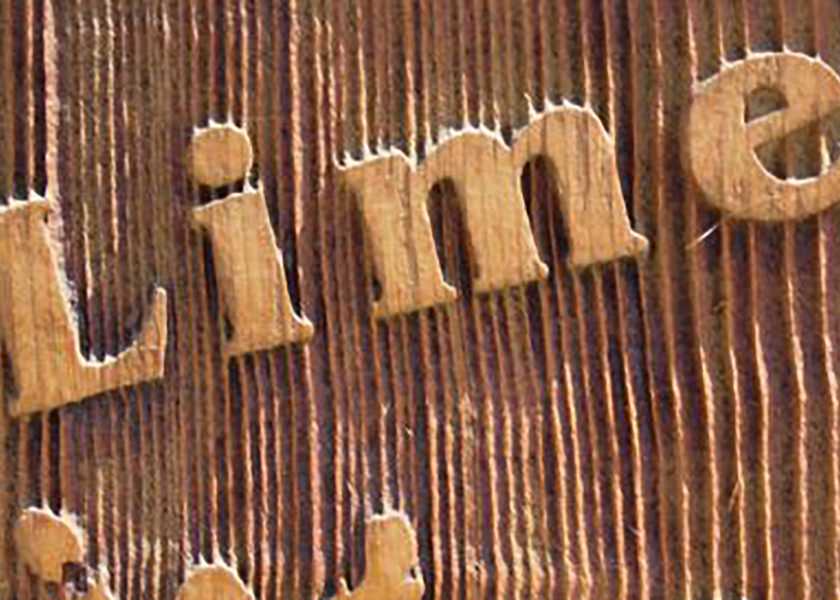
This is a great example of a tactile, sandblasted illustration & text, close up. It shows how the background timber is removed, enhancing the grain while leaving sharp and crisp images. There is no need for the tactile images to be painted
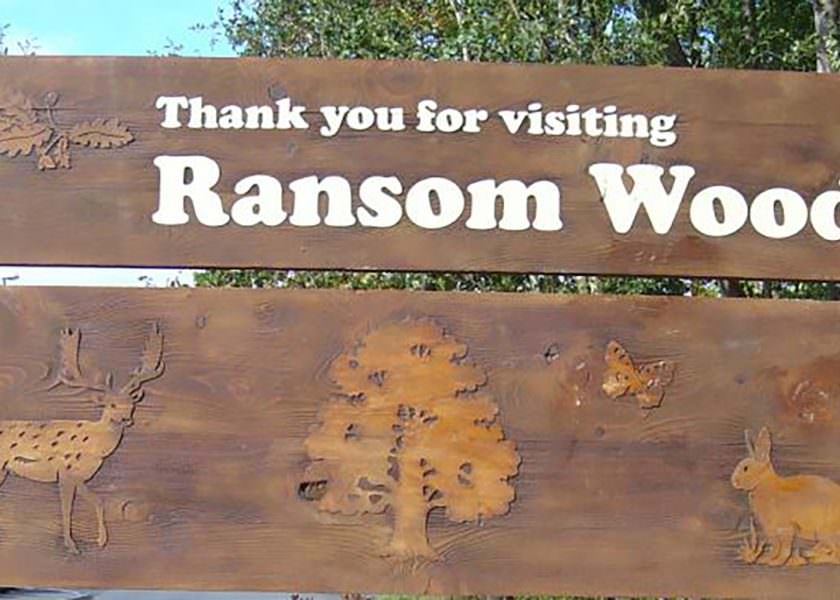
In addition to sandblasted timber interpretation signs Shelley can produce big, bold and dramatic wood entrance signs. In this case the timber was Cedar and the images and text were all sandblasted. Do remember that timber will weather down over time
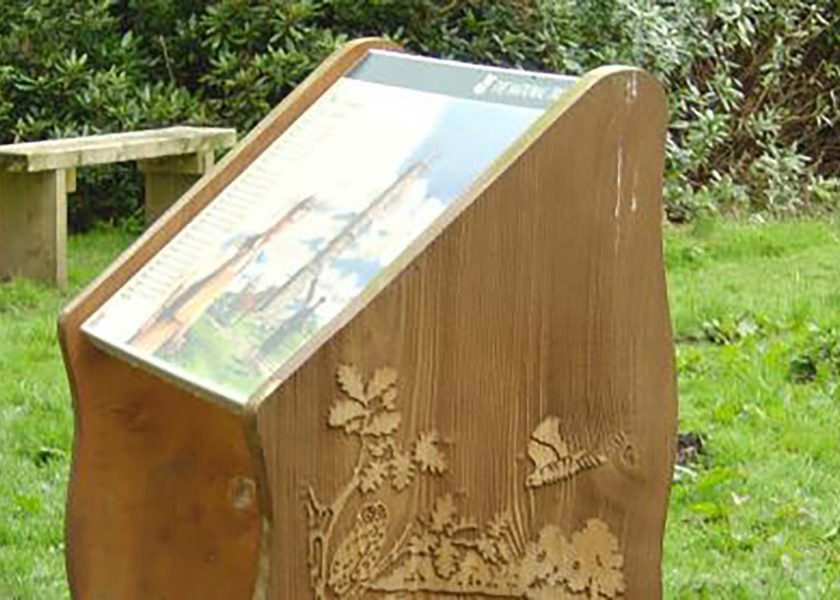
The main printed panel was encapsulated into Glass Reinforced Plastic with the lectern frame produced in tactile, sandblasted cedar wood. Sandblasted timber lectern frame with big, bold wildlife illustrations make a real statement and are a fun interpretation structure
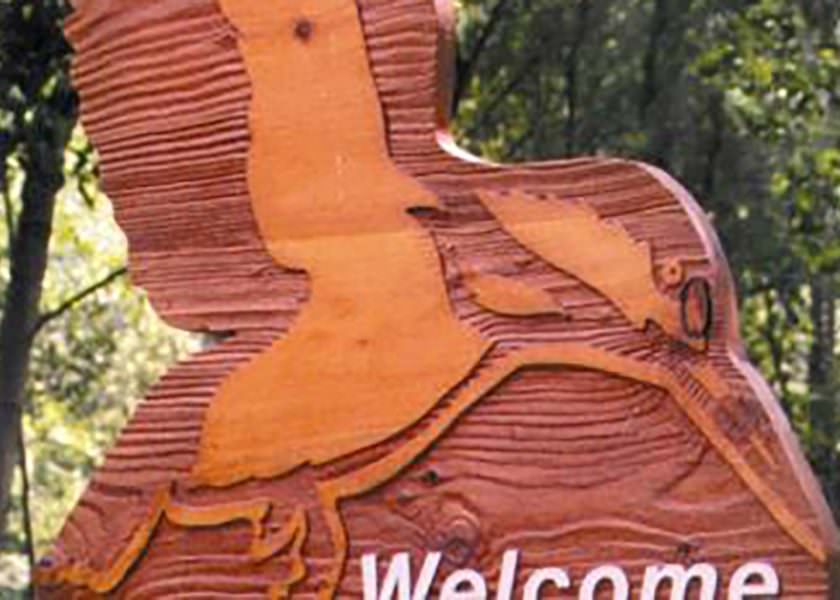
With graphics designers and most sign companies thinking and working in standard ‘A’ sizes it can be easy to overlook or be intimidated by doing something different. In the right area and with the right concept the different can be really effective – timber and sandblasting can provide the tools for your imagination!
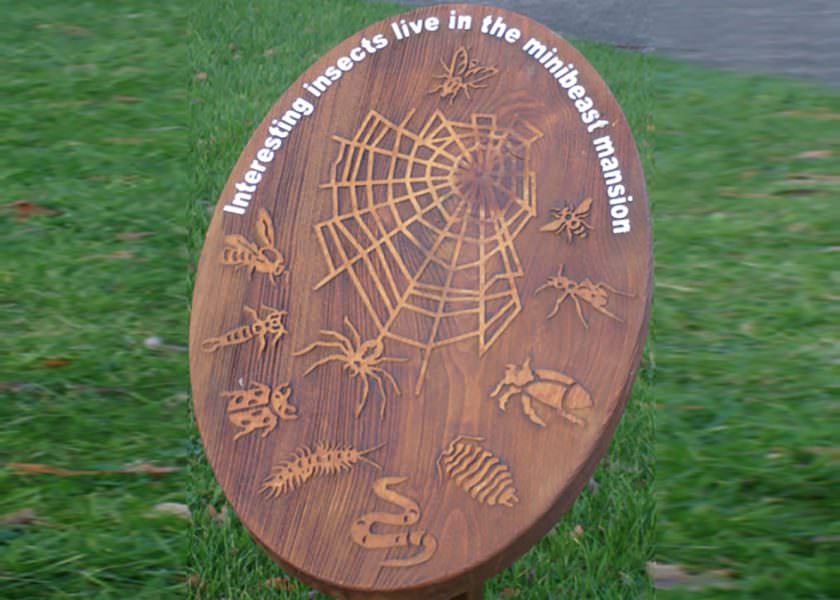
Another example of escaping from the rectangular. This sandblasted wooden interpretive plaque works really well because it is clear, simple and doesn’t try to convey too much
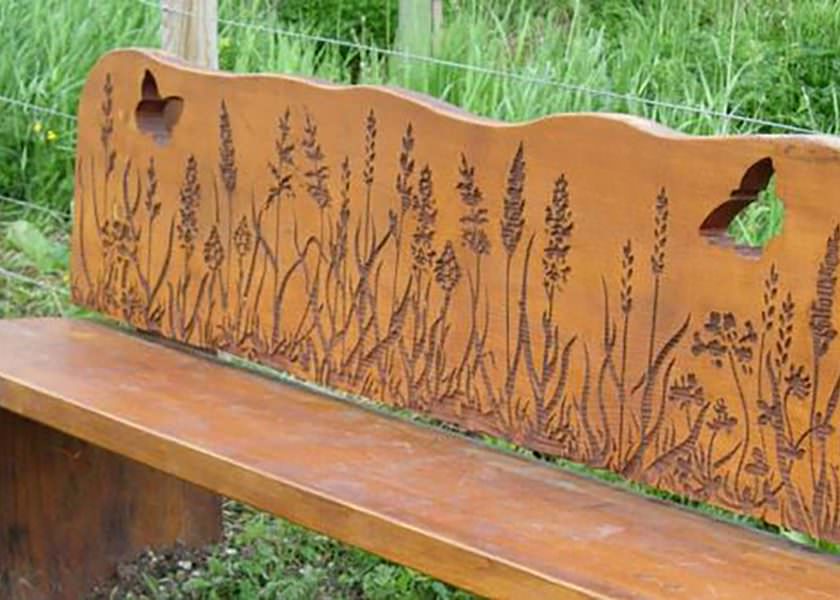
While most interpretation and memorial boards tend to be supplied as signs there are occasions when incorporating messages into benches can be interesting, individual and forces you to keep the message simple.
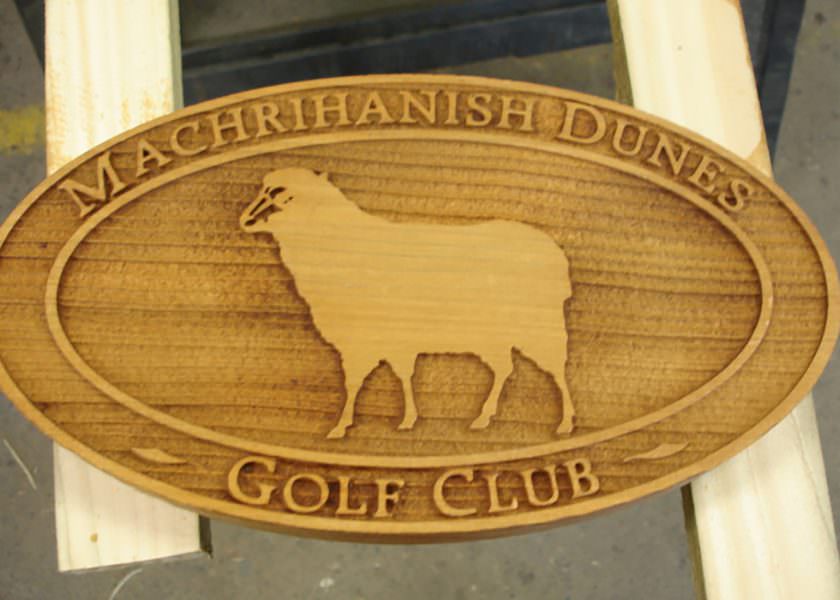
Many of the examples on this page are reasonably complex. This A3 size plaque shows that sandblasted timber signs and wooden signs can work at a small scale and with simple images.
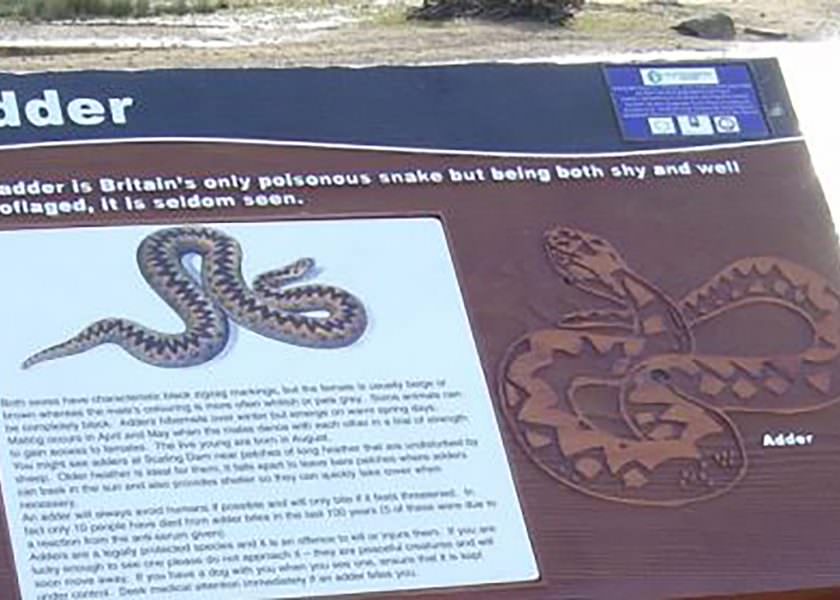
We enjoy combining full colour printed interpretation panels with sandblasted frames as it is interesting and different – a great way of attracting the attention of visitors. The sandblasted timber adder on this panel is tactile and simple.
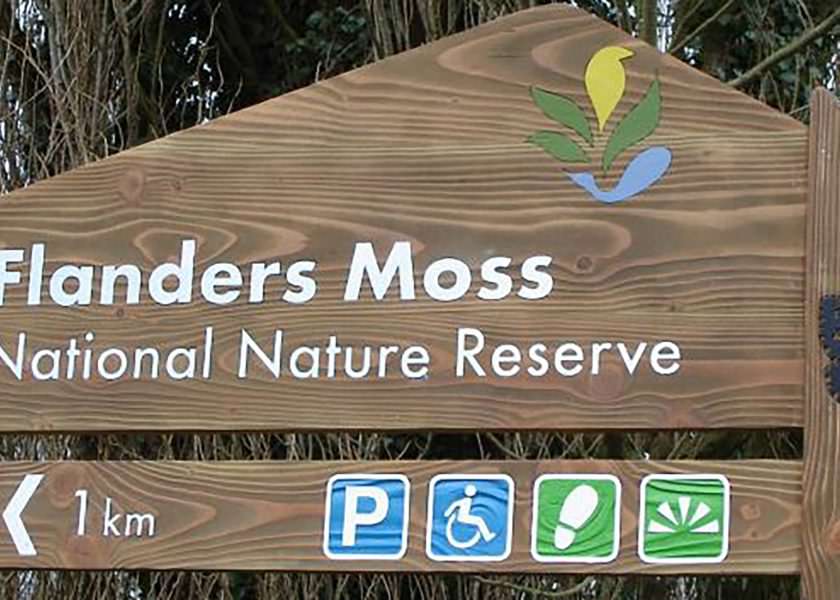
Sandblasted timber, here locally sourced Douglas Fir, makes a great entrance sign for parks and national nature reserves. Many of these signs are too large to rout so the sandblast process works perfectly. Large, distinctive and in the right environment really striking.
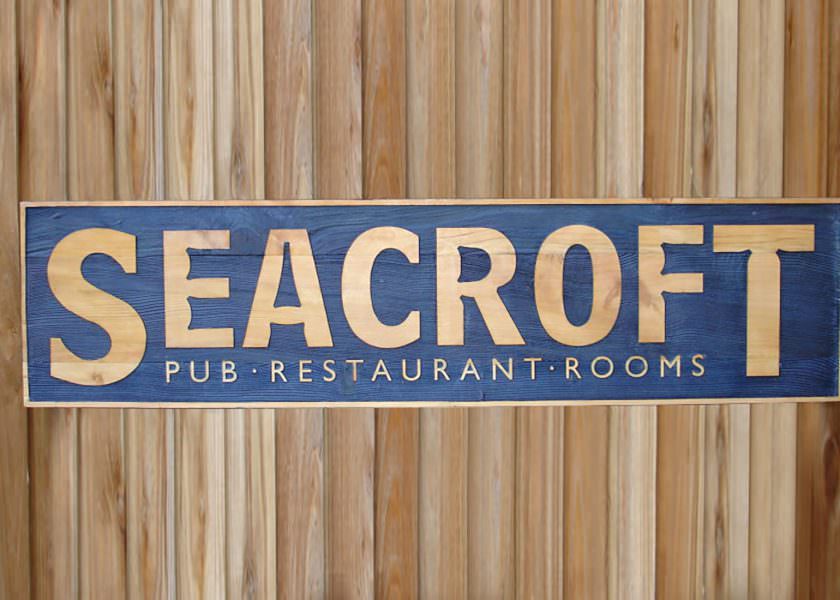
While a large proportion of our sandblast timber works tends to be for visitor attraction and nature reserve customers it is a process that can work equally well for commercial clients. This large sign looked striking with the natural timber effect of the unpainted letters set off against the blue painted grain of the background.
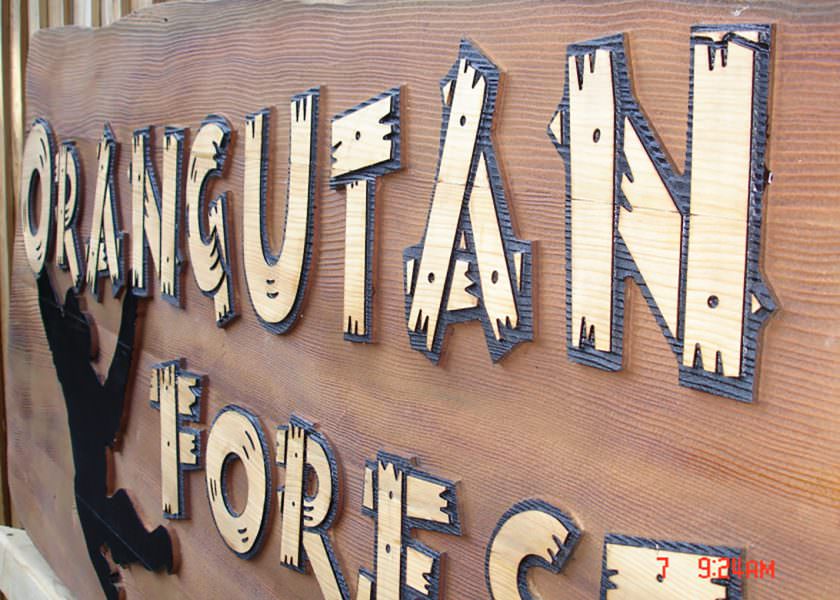
This sandblasted cedar wood sign at Colchester Zoo is a good example of the tactile finish of sandblasted wood signs. The raised letters and illustration are exaggerated by the text edges being painted black. Suitable for both visitor attraction and commercial applications.
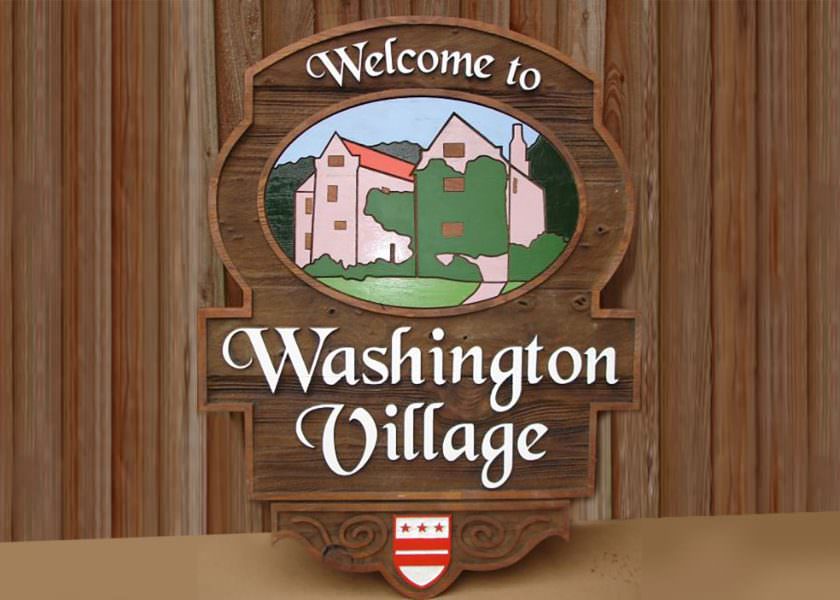
Many villages and towns look for simple but interesting ways of creating a village sign that is distinctive, conveys a message but doesn’t cost the earth. This sandblasted timber sign, produced in Cedar wood, is tactile, looks great but is also simple.
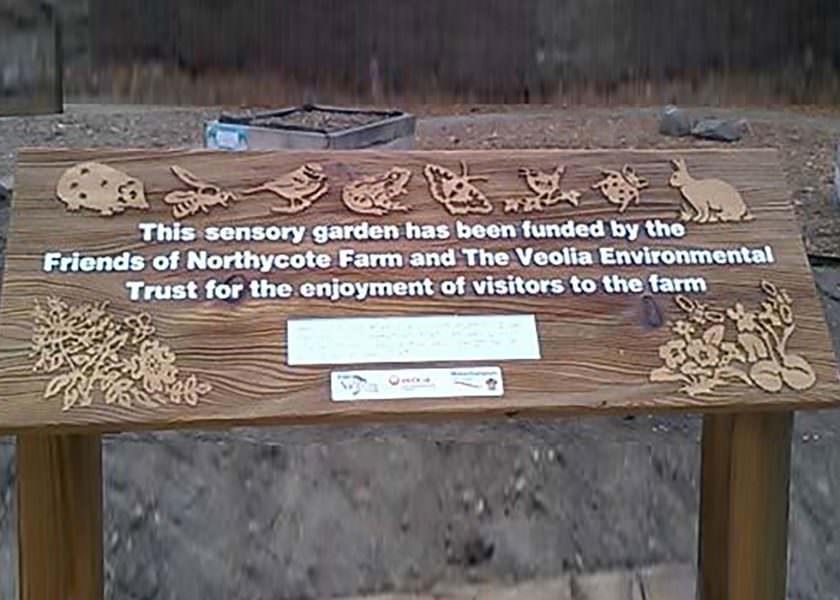
Another sandblasted timber panel, designed and produced to meet DDA requirements and ideal for interpreting a sensor garden. All wildlife illustrations supplied by Shelley.
